How to Remove Ransomware Virus

All About Ransomware
Ransomware is a nasty type of software that sneaks into your computer and does two main things: First, it locks your screen or encrypts your valuable files, like photos and documents, by making them all scrambled and unreadable. Second, it displays a message on your screen, demanding you to pay the attackers money, usually in Bitcoin or other cryptocurrencies, to get your files back or access your computer again. This message usually pops up on your desktop in a text or HTML file or in a separate window.
Ransomware doesn’t discriminate – it goes after a wide variety of files to make sure you can’t use them. So, it’s like a digital hostage situation, where your files are the hostages, and the hackers are the ones holding them.
After they’ve messed up your files and shown you their message, the hackers behind ransomware act like digital extortionists. They basically blackmail you by asking for a ransom, which is where the name “ransomware” comes from. They demand money from you to release your files and give you access to your computer again.
In recent years, ransomware attacks have been on the rise. Some experts even say that in 2021, these attacks could cost businesses and organizations worldwide a staggering $20 billion. So, it’s crucial to be cautious, protect your device, and know how to deal with ransomware if you ever encounter it.
Types of Ransomware
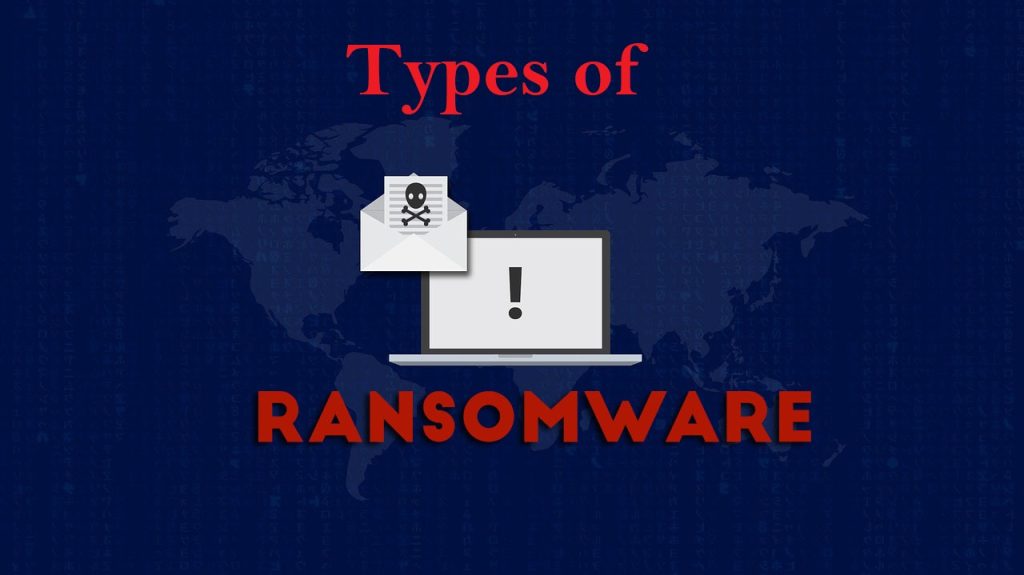
Ransomware comes in two main flavors: screen lockers and crypto-ransomware. Screen lockers are like digital bullies. They block you from using your computer, showing a message that says you have to pay them to unlock it. They might pretend to be from important organizations like Microsoft or the police to scare you into paying. But the good news is, screen lockers don’t mess with your files, and you can usually get rid of them in Safe Mode.
Crypto-ransomware is the more serious one. It’s like a digital kidnapper for your files. When it sneaks into your PC, it hunts down your precious stuff, like pictures and important documents. Then, it encrypts by turning them into secret code that only it can understand. You can’t open or use these files anymore.
Once your files are all encrypted, the ransomware shows you a message with a ransom note. It demands money, usually in Bitcoin or another cryptocurrency, in exchange for the key to unlock your files. It’s like they’re holding your files hostage and asking for a ransom to set them free.
Crypto-ransomware is picky. It looks for files like documents (.doc or .pdf), pictures, and videos, and it makes them unreadable. This can be super frustrating because these are often the files we really care about.
Risk and Damage Caused By Ransomware

Ransomware poses significant risks and causes severe damage. When a computer or network falls victim to a ransomware attack, it results in data encryption, making critical files and documents inaccessible. The potential consequences are dire, as organizations and individuals may lose valuable data, including sensitive business information, personal records, or cherished memories.
The damage extends beyond data loss. Ransomware can disrupt business operations, leading to downtime, financial losses, and damage to an organization’s reputation. Paying the ransom doesn’t guarantee file recovery and only emboldens cybercriminals. Moreover, the attack can serve as an entry point for other malicious activities, further compromising security.
Ransomware attacks also have legal and regulatory implications, especially in cases involving sensitive or private data. Compliance violations and potential legal actions can result in additional financial penalties.
Symptoms of Ransomware

You can tell if your computer is infected with ransomware by looking out for some signs. Here’s how to spot it:
- File Name Changes: Check if your files have strange or different names than what they used to be. Ransomware often changes file names when it locks them up, so this can be a clue.
- File Extensions: File extensions are like labels for different types of files. For example, pictures have “jpg” as their extension. If you see weird letter combinations instead of familiar extensions, it could be a sign of ransomware.
- Files That Can’t Be Opened: Ransomware encrypts your files, so you won’t be able to open them. If your files suddenly become unreadable, that’s a late sign of a ransomware attack.
- Anti-Virus Warning: If your system has an antivirus program, it might sound an alarm when it detects ransomware. However, some ransomware can trick these programs, so it’s not always foolproof.
- Suspicious Network Activity: If you notice strange things happening on your internet connection, like your device talking to unknown places, it could be related to ransomware.
- Computer Acting Up: Ransomware often makes your PC work harder in the background. So, if you see your computer’s CPU or hard drive working a lot without you doing anything, it might be a sign of ransomware.
- Ransom Note Window: If you see a pop-up message demanding money to unlock your files, that’s a clear sign you’re dealing with ransomware.
Remember, the sooner you catch such malware, the better. Early detection can help you fight it more effectively.
Some examples of high-profile ransomware incidents and their impact on individuals and organizations?
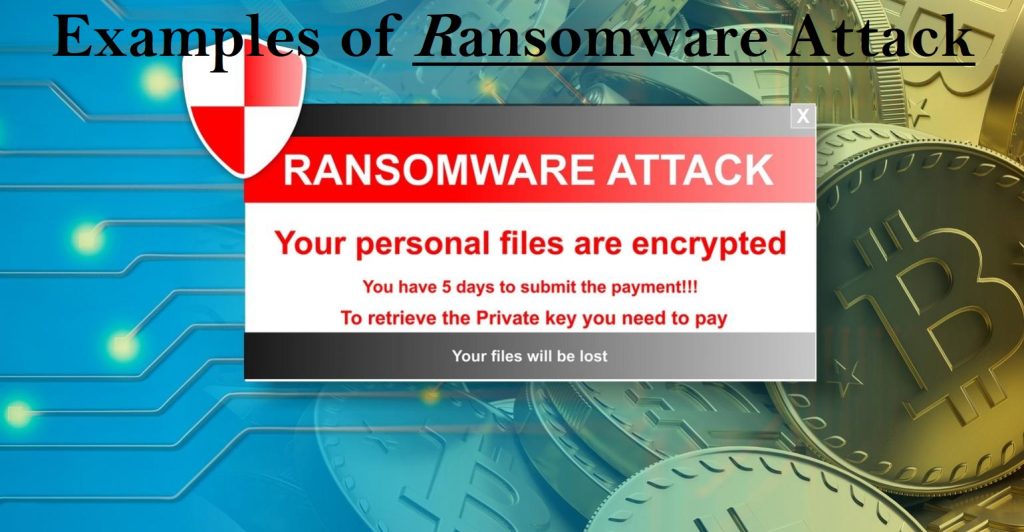
Ransomware is like a digital bully, and it can cause big problems for businesses and organizations. Let’s look at a few examples of serious ransomware attacks to understand what kind of chaos it can create.
- Solar Winds Ransomware Attack: This attack is one of the most famous and extensive ransomware cases. It started in 2019 when hackers sneaked into a software called SolarWinds, which many important organizations use. They added malicious code into the software, and it was like a secret spy in the system. The attackers, in this case, turned out to be a group from Russia. SolarWinds only found out about the attack in late 2020, thanks to another cybersecurity company, FireEye.
- Colonial Pipeline Ransomware Attack: In May 2021, the Colonial Pipeline, a major gas and oil pipeline company, got hit. The attack forced them to shut down their pipeline for nearly a week. Because this pipeline supplies fuel to a big part of the eastern United States, it created a gas shortage and long lines at gas stations. In a panic, Colonial Pipeline paid around $44 million in ransom to the hackers. They later found out that the attackers were linked to Russia.
- CAN Financial Ransomware Attack: This one happened in March 2021 to an insurance company. An employee unknowingly downloaded a fake update, which contained ransomware. It locked up around 15,000 computer systems in the company. The hackers demanded a record-breaking $40 million in ransom. The company felt they had no other choice but to pay because their computer systems were in chaos.
These cases show how damaging ransomware can be. It can disrupt critical services, cause panic, and lead to massive ransom payments.
If your system gets infected with ransomware, what choices do you have for dealing with it?
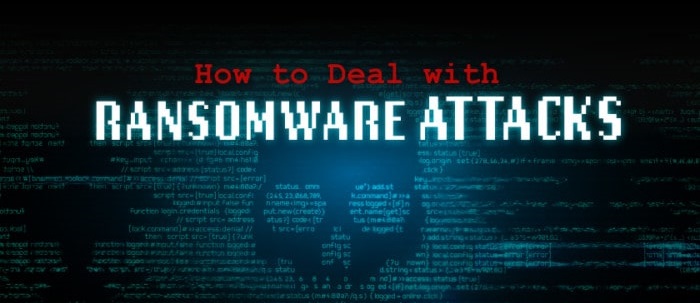
When your computer gets attacked by ransomware, you’re in a tough spot, and you usually have three choices:
- Pay the Ransom: This means giving the hackers the money they’re demanding in hopes they’ll give you the key to unlock your files. But this is a risky move. Just like in a real-life hostage situation, paying doesn’t guarantee that they’ll keep their word and free your data. Plus, it encourages them to keep doing these bad things.
- Remove the Ransomware: You can try to get rid of the ransomware using special tools designed for this. It’s like trying to kick the bad guys out of your computer. However, be careful – if you plan to pay the ransom, you should leave the ransomware alone because it might be the only way to unlock your stuff.
- Reset Your Computer: The last option is a bit extreme. You could reset your PC to its original, fresh-out-of-the-box state. This erases everything, including the ransomware. It’s like starting over, but you lose all your data.
Paying the ransom isn’t a good idea because you can’t trust these cybercriminals, and it keeps them going. If you do pay and get a key to unlock your files, remove the ransomware immediately. It’s like letting go of the bad guys once you’ve got your stuff back.
How does Ransomware Get Inside the PC?
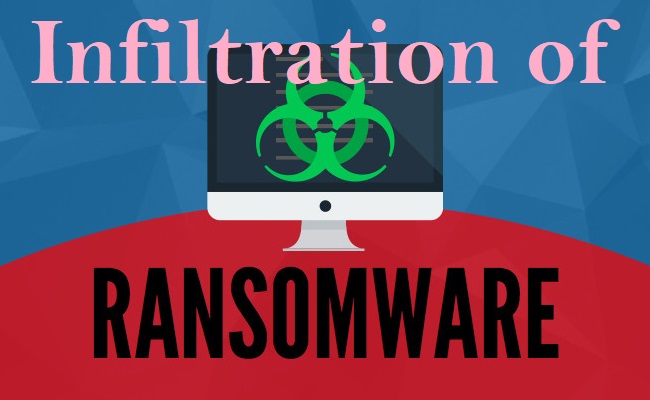
Ransomware infiltrates computers through various sneaky methods. One common avenue is via malicious email attachments or links. Cybercriminals send seemingly innocent emails, tricking users into opening attachments or clicking on links. Once activated, the ransomware gains entry to the PC and starts encrypting files.
Another pathway is through malicious websites and online ads, often referred to as malvertisements. Visiting compromised websites or interacting with infected online ads can lead to drive-by downloads, allowing ransomware to infect the PC without the user’s knowledge.
Additionally, software vulnerabilities in operating systems or applications offer an entry point for ransomware. Hackers exploit these weaknesses to install the malicious software discreetly. Outdated software or missing security patches make a device more vulnerable.
Moreover, some ransomware spreads through networked computers within an organization. Once it infiltrates one device, it can move laterally to others on the same network.
In short, ransomware gains access to PCs through deceptive emails, malicious websites and ads, software vulnerabilities, and, in some cases, by spreading within a network.
Use of Antivirus and Antimalware to trace and neutralize Ransomware

The use of antivirus and antimalware tools plays a crucial role in detecting, tracing, and neutralizing ransomware threats. Antivirus software, as a fundamental cybersecurity component, scans files, programs, and the overall system for known malware signatures. When it identifies ransomware patterns, it can quarantine or remove the malicious code, preventing the encryption of files.
Antimalware solutions, on the other hand, offer a broader approach by actively monitoring system behavior. They can detect suspicious activities and anomalies that may indicate ransomware, even if it’s a previously unseen variant. These tools use heuristics and behavioral analysis to identify potential threats.
Once ransomware is detected, antivirus and antimalware programs can isolate the infected files or processes, preventing further damage. Some advanced tools can also attempt to decrypt the files or roll back changes to restore the system to its pre-infection state.
In essence, the combination of antivirus and antimalware tools serves as a proactive defense against ransomware, helping users identify, track, and eliminate these threats, ultimately safeguarding their data and systems. Regularly updating these security tools is crucial to stay protected against evolving ransomware strains.
Prevention Against Ransomware
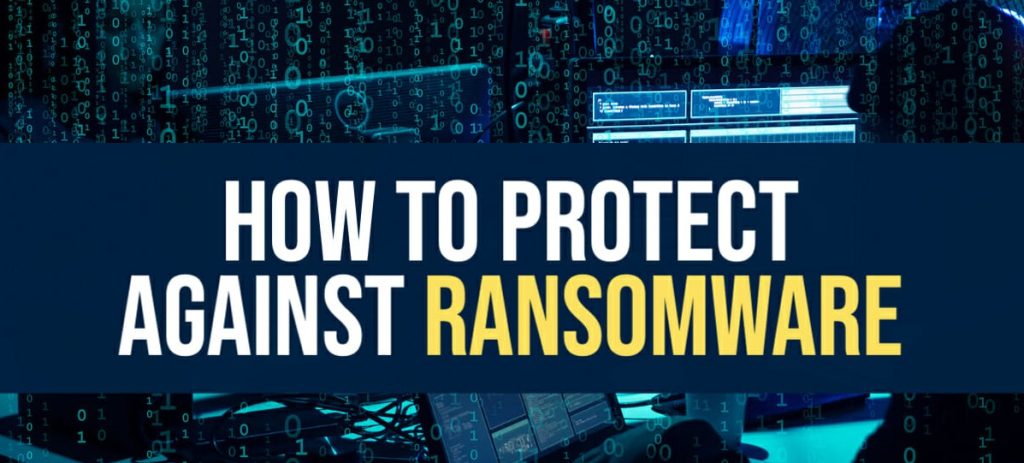
Preventing ransomware attacks is paramount in safeguarding your data and computer systems. Regular data backups are a fundamental strategy. By frequently backing up your files to an external drive or a secure cloud service, you create a safety net in case of an attack, allowing you to restore your data without paying a ransom.
Software updates are equally crucial. Keep your operating system, applications, and antivirus programs up to date, as updates often include security patches to fix vulnerabilities that ransomware exploits. Exercise caution when opening emails or clicking on links and attachments, particularly if they seem suspicious or are from unknown sources.
Implementing robust security software can significantly reduce your risk. Reliable antivirus and antimalware solutions can detect and block ransomware threats. Furthermore, use a reputable firewall to monitor incoming and outgoing network traffic.
Stay informed and educate yourself and your staff about the latest ransomware threats and social engineering tactics. Security awareness and user training are invaluable in preventing unintentional infections. Lastly, avoid downloading files or software from untrustworthy sources. By combining these measures, you can substantially reduce your vulnerability to ransomware attacks.
In conclusion, ransomware attacks pose severe threats to businesses and organizations, leading to data loss, financial losses, and reputational damage. To defend against such attacks, regular data backups, software updates, employee training, and robust antivirus software are essential. Organizations must also avoid paying ransoms, as it fuels cybercriminal activities. Vigilance and proactive cybersecurity measures are crucial in protecting against ransomware, ensuring data integrity and system security.